Aiming for a pristine appearance for your car or truck? Water might just be your biggest adversary. Almost any water type, whether from rain or a cleaning hose, can blemish a vehicle’s finish or glass — a problem exacerbated if your vehicle sports a dark colored paint.
If unsightly water marks have ever marred your vehicle’s facade, you know the frustration. These small, white-edged circles don’t just affect aesthetics; they challenge removal. Wiping them with a cloth or merely splashing water often results in their stubborn return.
However, there’s hope: with prompt action and the correct tools, eliminating water spots is achievable. Dive into this guide to unlock the secrets of water spot removal.
What Causes Water Spots?
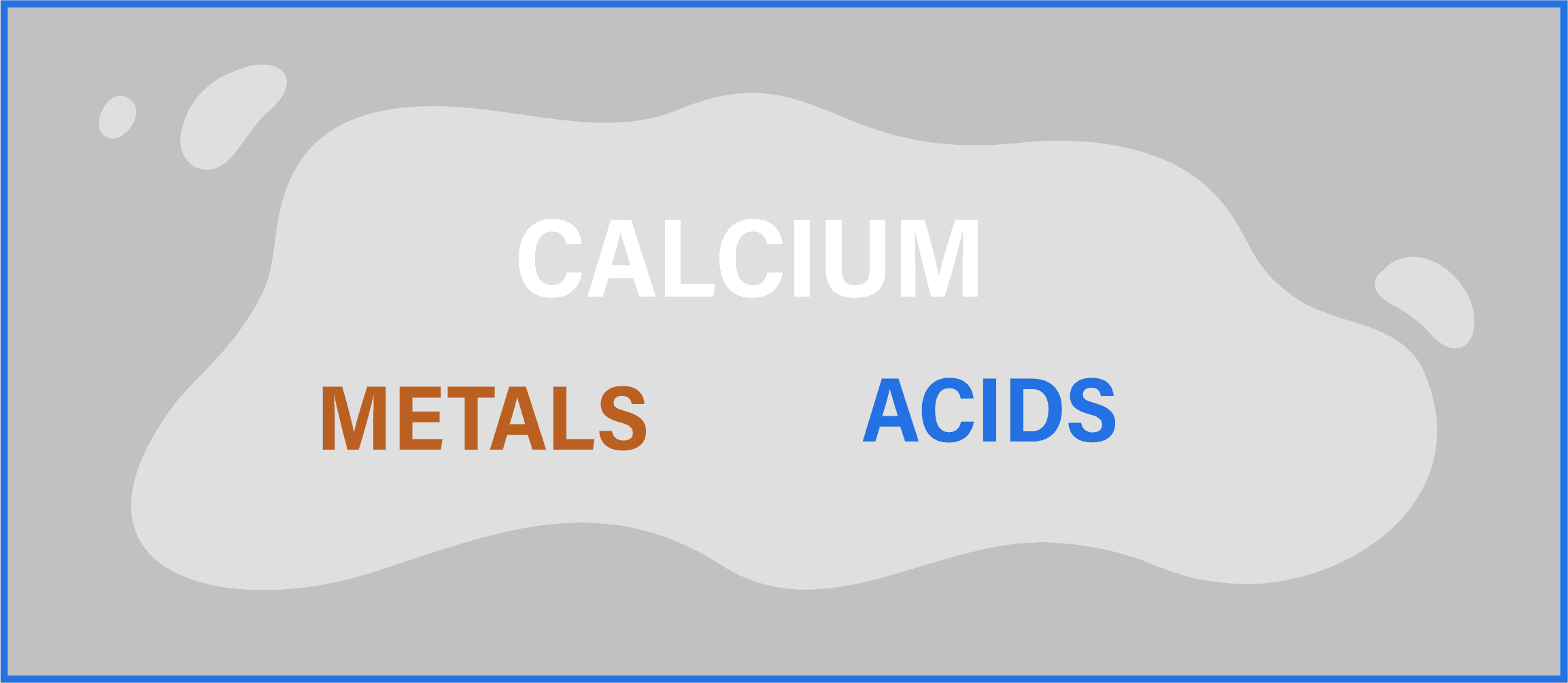
OR
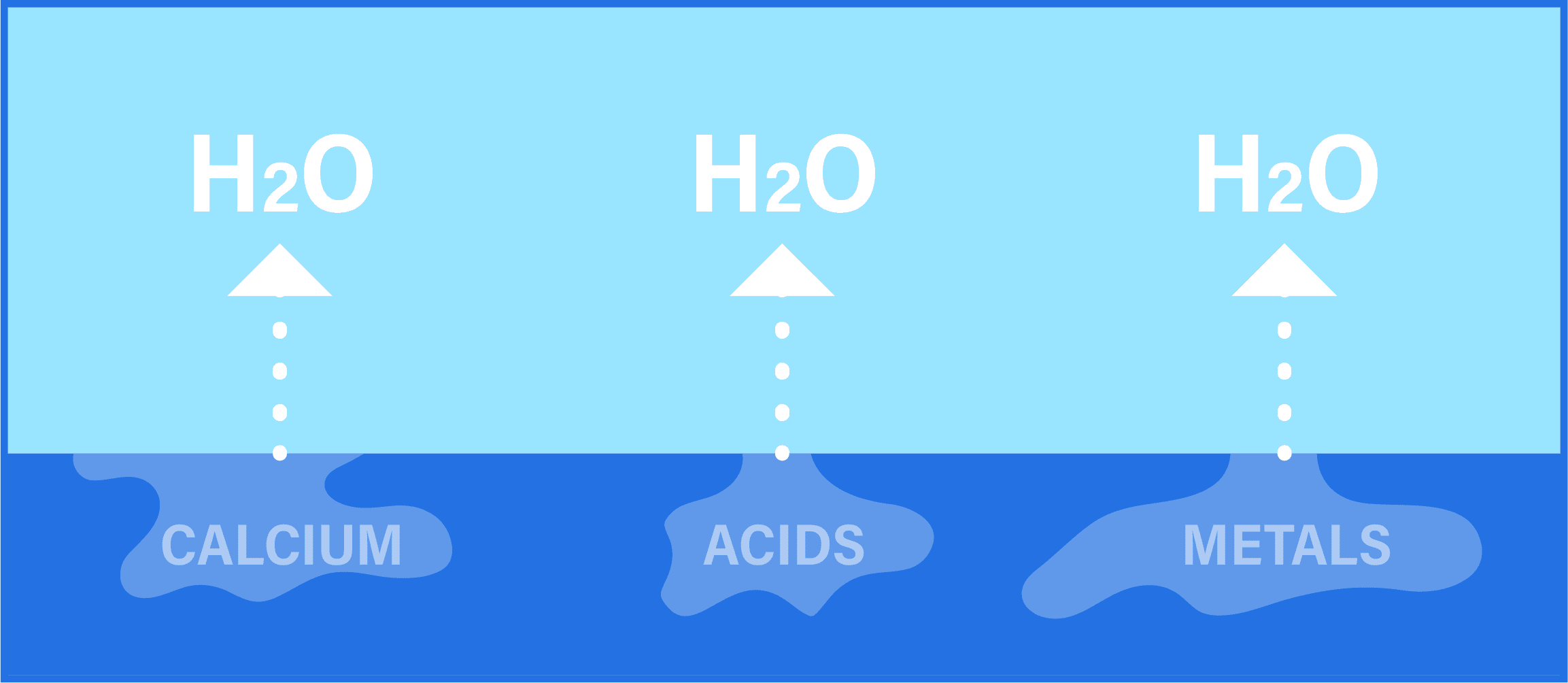
Any kind of water, be it from rain, sprinklers, or even the water hose you use for weekend car washes, can leave water spots on a vehicle. Ironically, the very substance used to clean can tarnish its appearance. The exact same water you use to wash your car can leave it with unsightly spots, and if left unchecked, these can compromise the paint’s integrity.
Water spots originate from trace elements like calcium, metals, and harmful acids from air pollutants present in almost all water sources. As this water takes its leave by evaporation, it’s these stubborn elements that overstay their welcome, etching a spot onto your vehicle. Their presence isn’t just an aesthetic concern; depending on their nature, they might pose a threat to your vehicle’s paint if not addressed promptly.
Traffic school can help you keep a clean driving record, prevent insurance increases, and more!
How to Prevent Water Spots

There are several effective strategies to ensure your vehicle remains free from the bane of water spots. Implementing these will not only preserve your car’s aesthetics but also its paint health.
Always remember, when giving your car a clean, swift drying is crucial. Whenever you wash your vehicle, make it a point to dry it diligently with high-quality microfiber cloths and towels. By removing all residual water promptly and not letting it air dry, you negate the chance of water spots forming.
Subsequently, don’t just stop at washing. Integrate the use of a detailing spray post-wash. This acts as a protective layer, making the surface more resistant to water, hence reducing its ability to leave behind those pesky spots.
Additionally, while Mother Nature has her own plans, try your best to shield your car from unplanned showers. A garage is the best refuge, safe from rain, dew, and other unpredictable elements. If indoor parking isn’t an option, always be strategic about where you park outside. Scout for spots away from sprinklers or other predictable water sources.
In the event that your car does face an unexpected splash, time is of the essence. Act swiftly, and don’t allow water spots the luxury of time to dry and etch — the longer they sit, the deeper they dig. Spot them, then plot your immediate plan of action to remove them.
How to Remove Water Spots: 4 Methods
Water spots can mar your vehicle’s pristine appearance. Fortunately, with the right techniques and tools, you can restore its shine. Here’s a comprehensive guide to four tried-and-true methods.
Why Choose Natural Methods
Opting for natural methods in dealing with water spots offers several advantages. Firstly, natural solutions are eco-friendly and sustainable, ensuring that you’re not introducing harmful chemicals into the environment. They also tend to be cost-effective, as many of these natural ingredients are common household items.
Additionally, natural methods are gentle on your vehicle’s surface, reducing the risk of unwanted abrasions or chemical reactions that might harm the paint. Overall, choosing a natural route is a safe, effective, and responsible approach to maintaining your car’s appearance.
Method 1: Vinegar Solution Spray
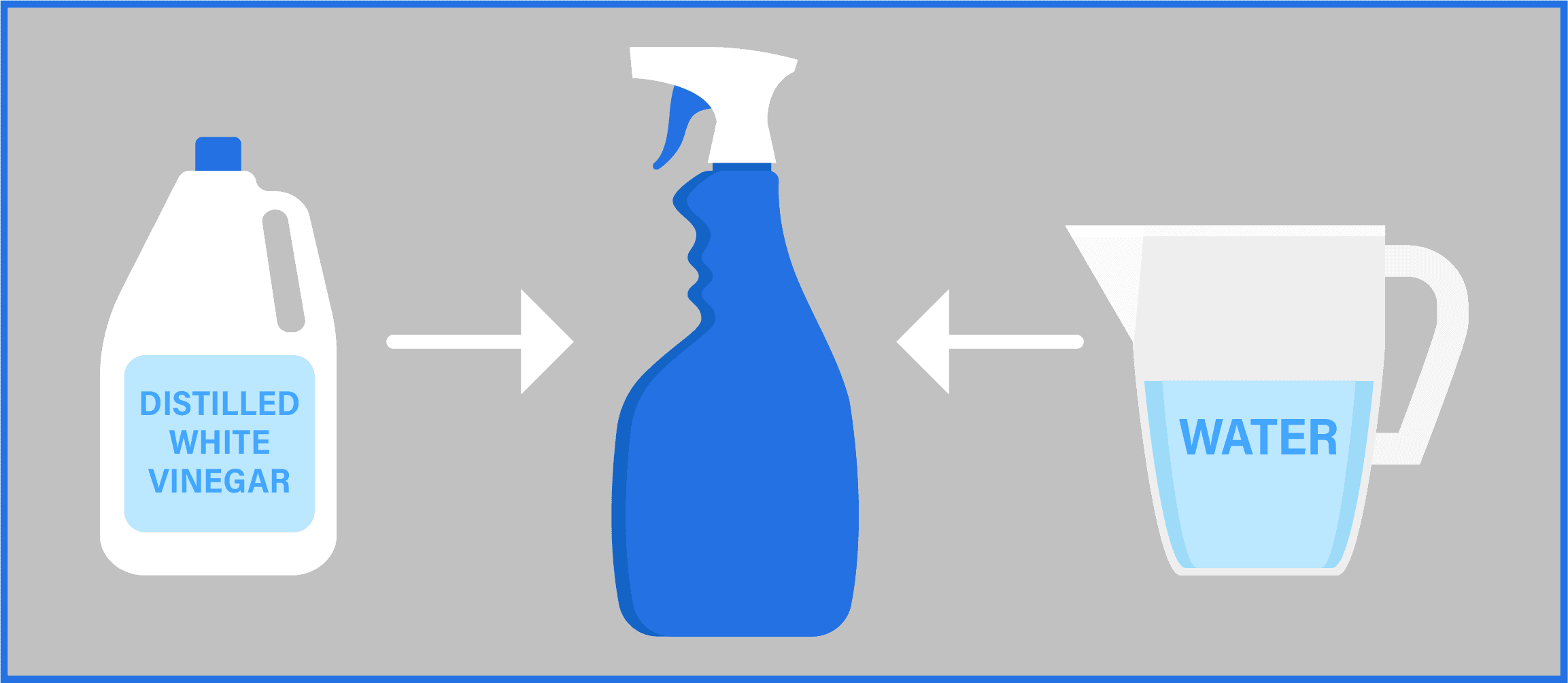
Distilled white vinegar isn’t just for cooking; it’s also a potent weapon against pesky water spots.
Wash your car thoroughly. Then, prepare a mixture with equal parts of water and distilled white vinegar in a spray bottle. Shake well to combine.
Spray the solution on your vehicle’s surface, focusing on one section at a time. Allow it to sit for a few minutes to dissolve the mineral deposits, then rinse with fresh water. Finish by drying your car with a microfiber cloth to prevent new spots from forming. A word of caution: vinegar might strip off any protective wax on your car. After using this method, consider applying a fresh coat of wax for added protection.
Method 2: Vinegar-Soaked Towel Technique
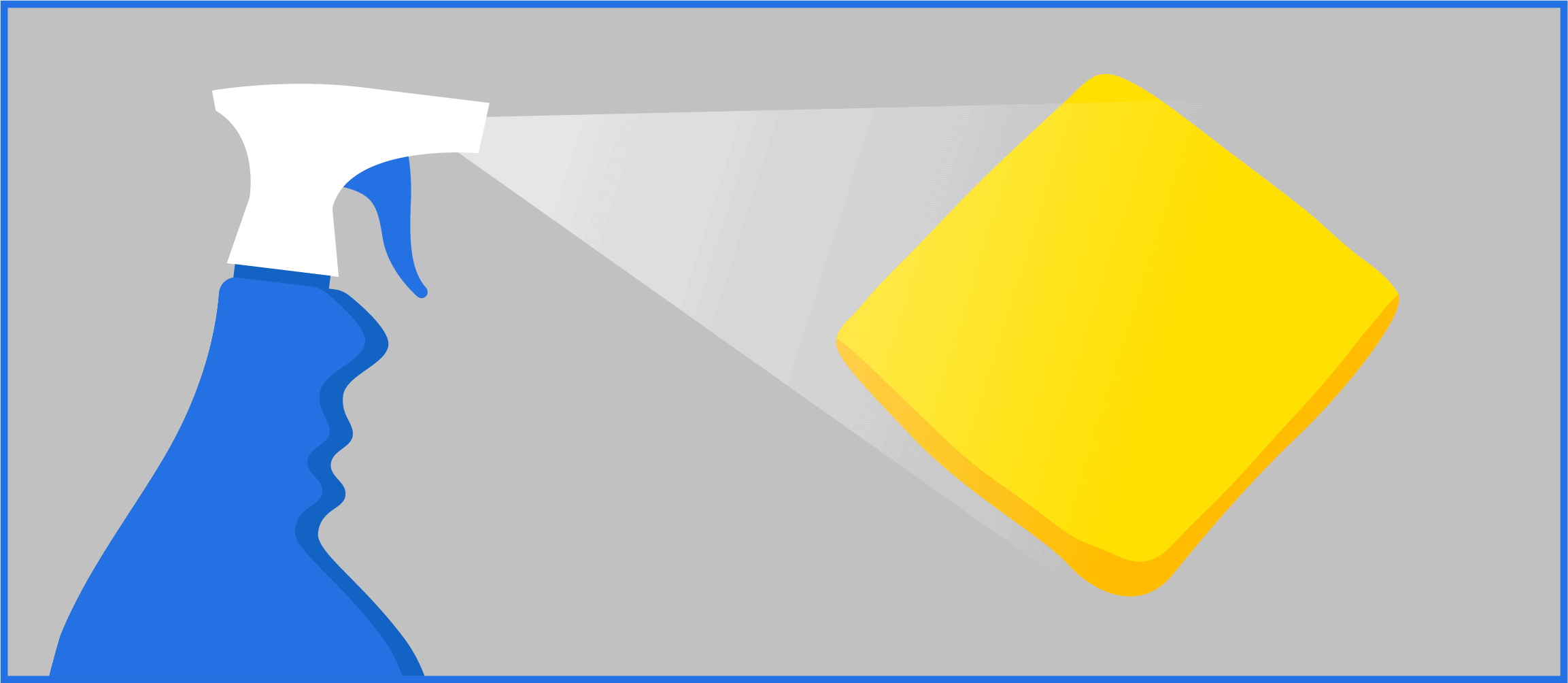
For tougher or concentrated water spots, saturate a towel or sponge in the vinegar-water solution. Place this dampened towel directly over the affected areas and let it sit. The extended contact allows the vinegar to act more deeply. After a few minutes, remove and rinse as before, and always dry your car completely.
Method 3: Commercial Water Spot Removers
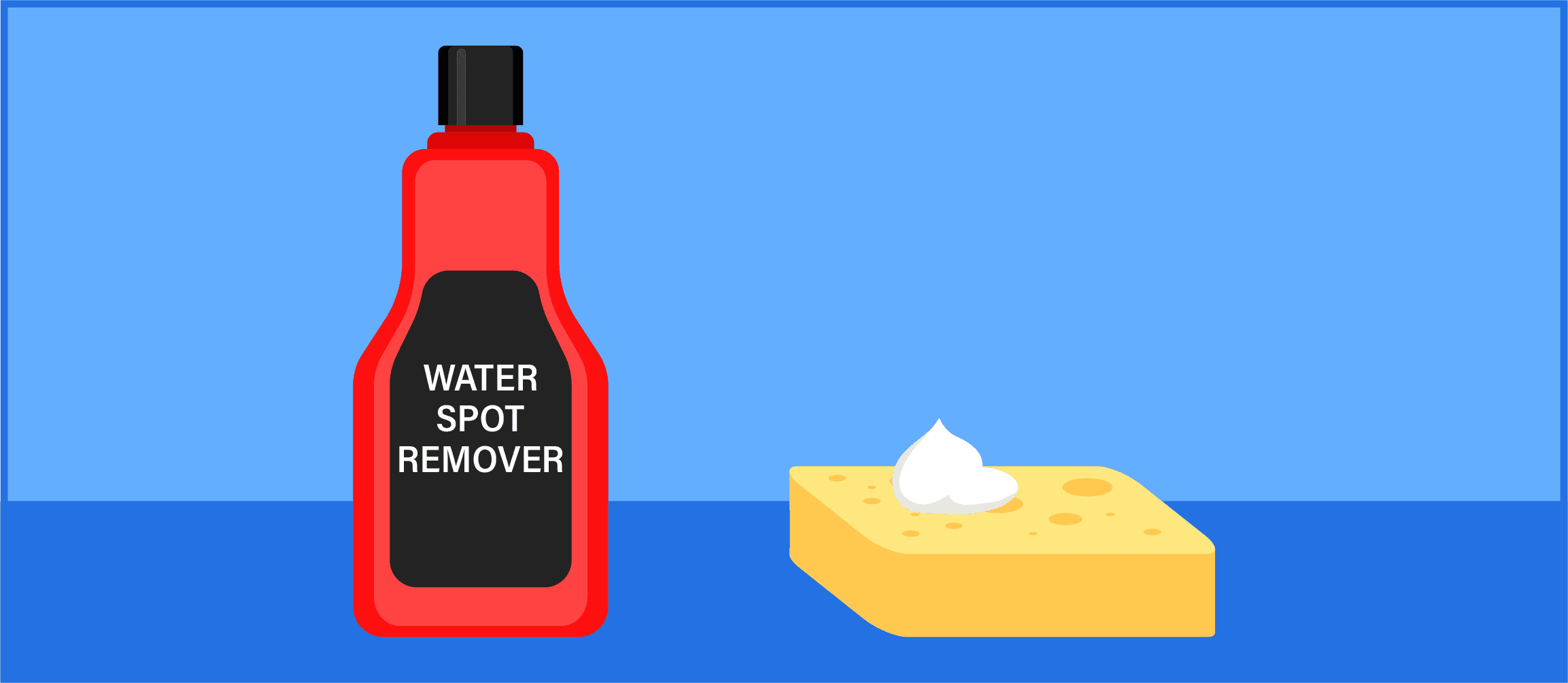
Sometimes, a more potent solution might be necessary. Enter the commercial water spot removers. They’re specifically designed to tackle water spots and often come enriched with ingredients that ensure safe application. Follow the manufacturer’s instructions for the best results. And, as with vinegar, remember that these removers may also take off your vehicle’s wax, so be prepared to re-wax if needed.
Method 4: Clay Bar Magic
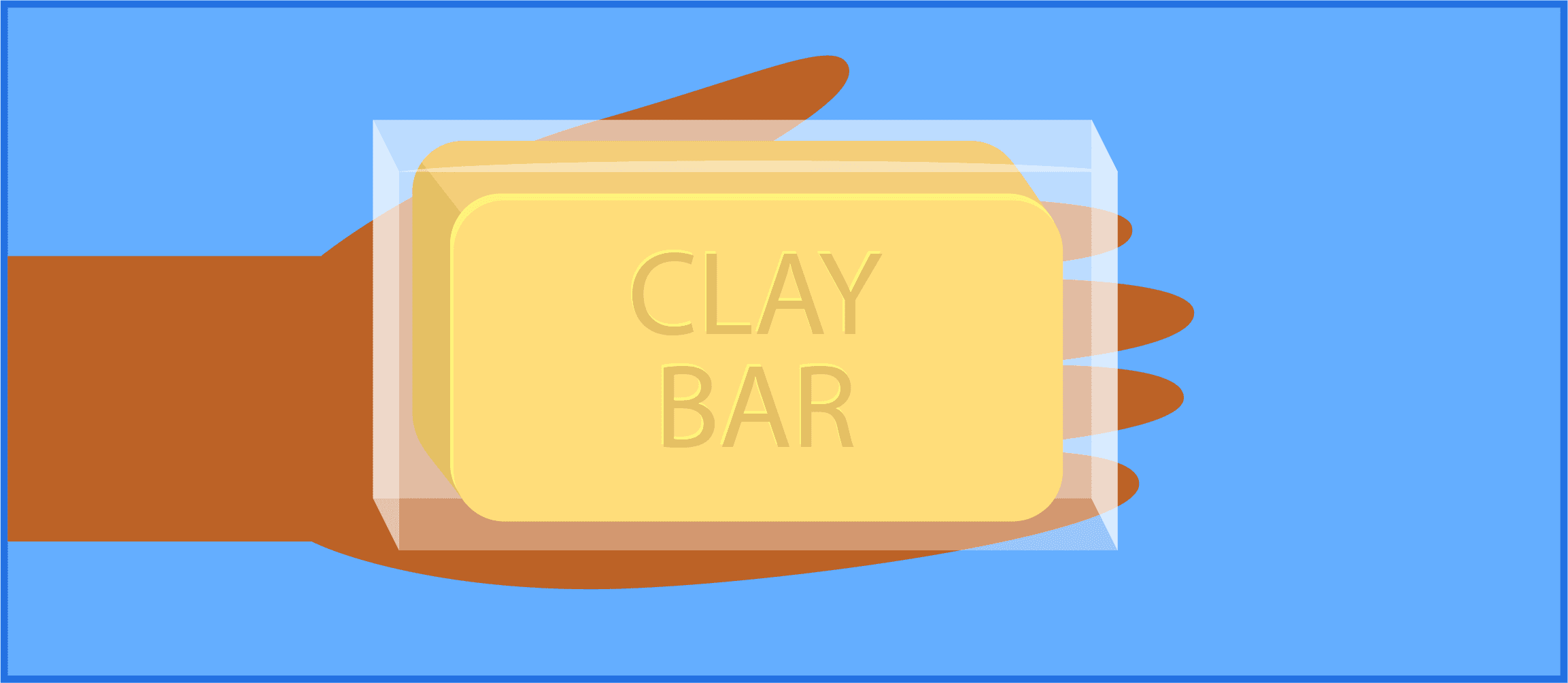
For those stubborn spots that defy other methods, the automotive clay bar comes to the rescue. This unique tool is crafted from a special resin that lifts surface contaminants, including water spots, with ease.
By gently gliding the clay bar over your car’s surface, not only will you remove water spots but also other contaminants like rail dust and brake dust. Think of it as a deep cleanse for your vehicle’s exterior. As a bonus, the clay bar often leaves your car feeling silky smooth, primed for a new waxing session or just to shine on the road.
The Best Clay Bar
What To Do When Water Spots Won’t Come Off
If you’ve exhausted all the remedies above and those pesky water spots remain defiant, there’s a possibility they have overstayed their welcome. Prolonged exposure to these spots might lead to mineral etching, where contaminants from evaporated water have delved beneath the car’s surface, causing notable damage to its paint.
Polishing might be your next best bet. A good polishing session can help in reducing the visibility of these marks, restoring some of the car’s shine. However, in extreme (though rare) scenarios where the mineral etching is deep and pronounced, the only recourse might be a fresh coat of paint. Always consider consulting with a professional auto detailer or body shop to evaluate the extent of the damage and get expert advice.
Frequently Asked Questions (FAQs)
1. Can hard water cause more prominent water spots on my vehicle?
Yes, hard water contains a higher concentration of minerals like calcium and magnesium. When the water evaporates, these minerals can leave behind more noticeable water spots compared to soft water.
2. How often should I use a detailing spray on my car or truck?
Depending on your environment and how often your vehicle is exposed to potential water sources, it’s recommended to use a detailing spray after every wash or at least once a month. This helps in providing an additional layer of protection against water spots.
3. Will vinegar damage my vehicle’s paint?
When diluted with water, vinegar is generally safe for your vehicle’s paint. However, it’s always a good practice to test a small, inconspicuous area first. Remember, vinegar can strip off wax, so consider reapplying wax after using vinegar.
4. How often should I clay bar my vehicle?
For general maintenance, using a clay bar twice a year should suffice. However, if your vehicle is frequently exposed to contaminants like rail dust, brake dust, or if you notice persistent water spots, you may need to clay bar more frequently.
